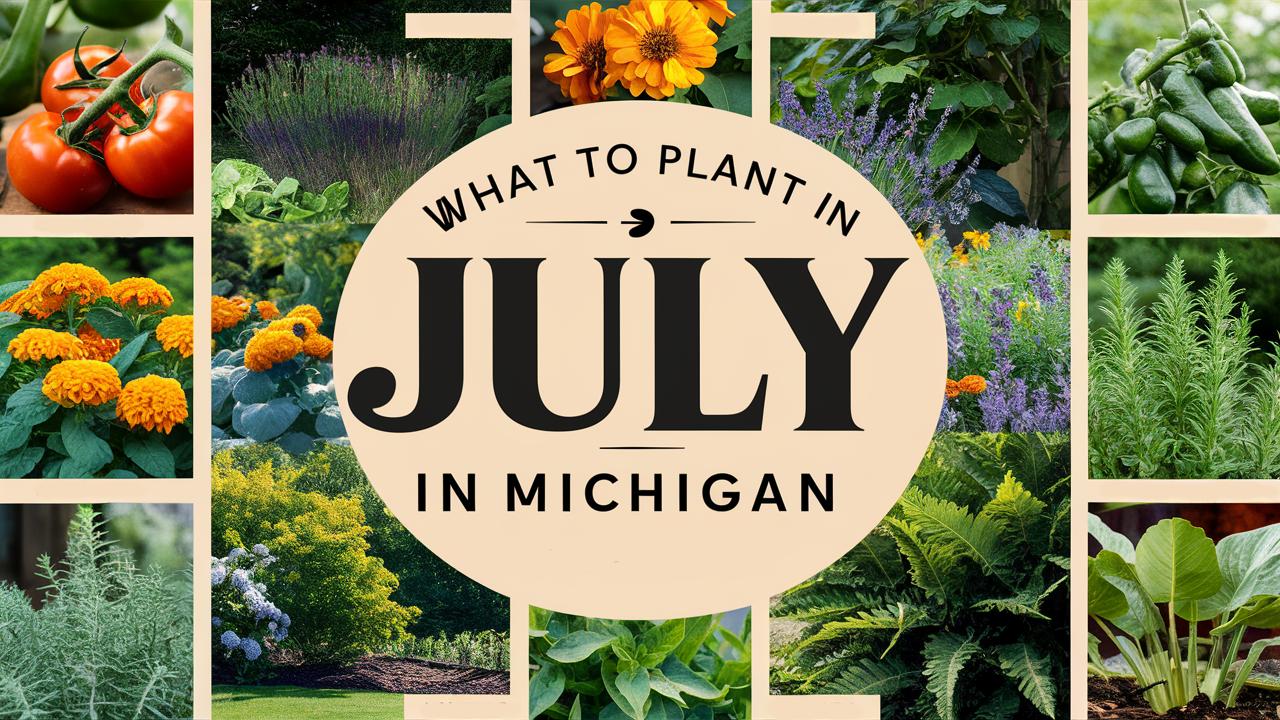In this guide, we will explore what to plant in July in Michigan, focusing on vegetables, flowers, herbs, and landscape plants suitable for this time of year.
Vegetables To Plant
The mid-summer window presents a fantastic opportunity for a second round of vegetable planting, especially for crops that love the heat or those that grow well in cooler weather yet can still be planted in July. Here are ten vegetables to consider for your garden this month.
Beans (Phaseolus vulgaris)
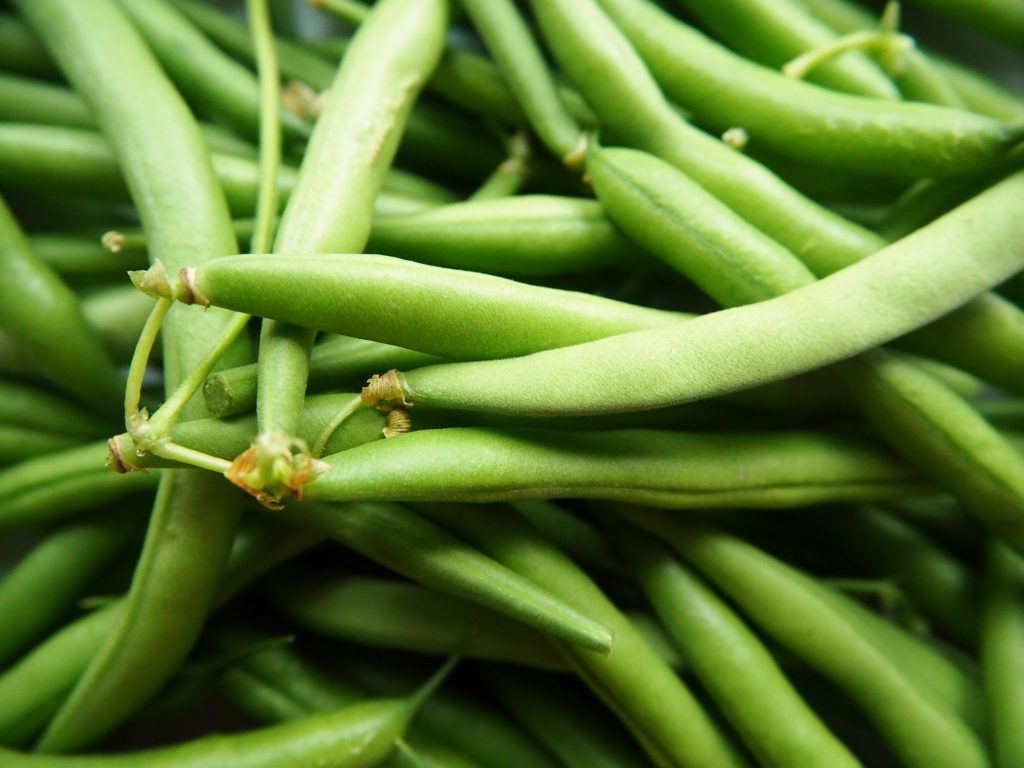
Beans, whether bush or pole varieties, thrive in warm soil and can be planted until mid to late July in Michigan. These plants prefer temperatures ranging from 70°F to 90°F. Beans grow quickly and can produce a promising harvest even with a shorter growing season. Ensure the soil is well-drained and rich in organic matter to promote optimal growth and productivity.
Carrots (Daucus carota)
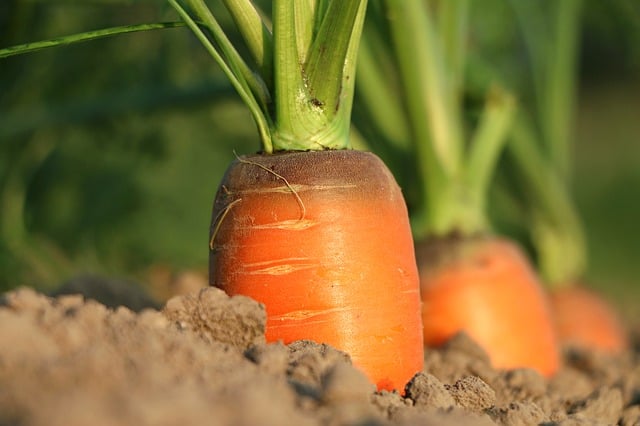
July is also an excellent time to sow carrot seeds for a fall harvest. Carrots can tolerate temperatures as low as 45°F and prefer cooler soil, around 60°F to 70°F. In Michigan, you can start planting carrot seeds in mid to late July, allowing them to mature as temperatures cool in the fall. Be sure to sow seeds ¼ to ½ inch deep in loose, well-aerated soil, ensuring they have adequate space for root expansion.
Cucumbers (Cucumis sativus)
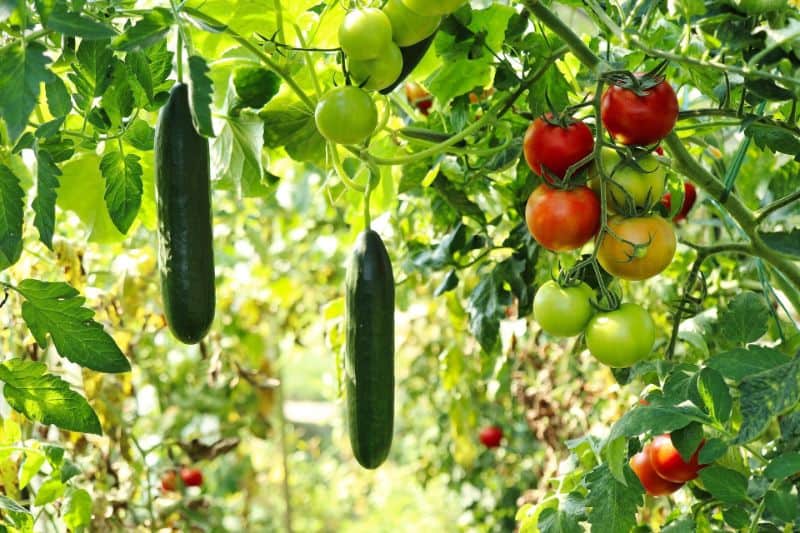
Cucumbers are one of the quintessential summer crops that can be planted until mid-July. Preferring warm weather with temperatures from 70°F to 95°F, cucumbers grow quickly and can yield an abundant harvest in just 50 to 70 days. These vines require ample sunlight and consistent moisture, so make sure to mulch around the base to retain humidity and suppress weeds.
Radishes (Raphanus sativus)
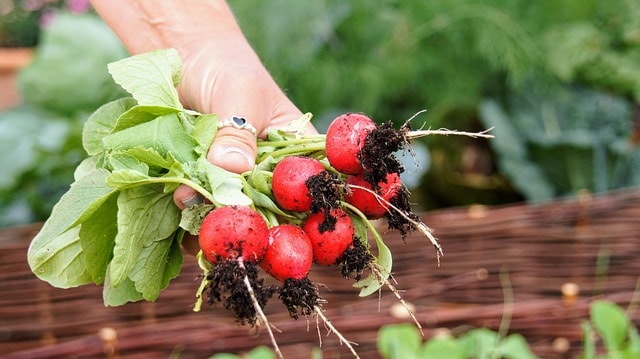
Radishes are a fast-growing option that can be sown throughout July. These hardy little root vegetables thrive in cooler weather and can germinate with soil temperatures as low as 45°F. Plant seeds about half an inch deep for a quick turnover, and expect to harvest your first crop within three to four weeks. Additionally, radishes help break up compact soil, providing an excellent service in mixed plantings.
Beets (Beta vulgaris)
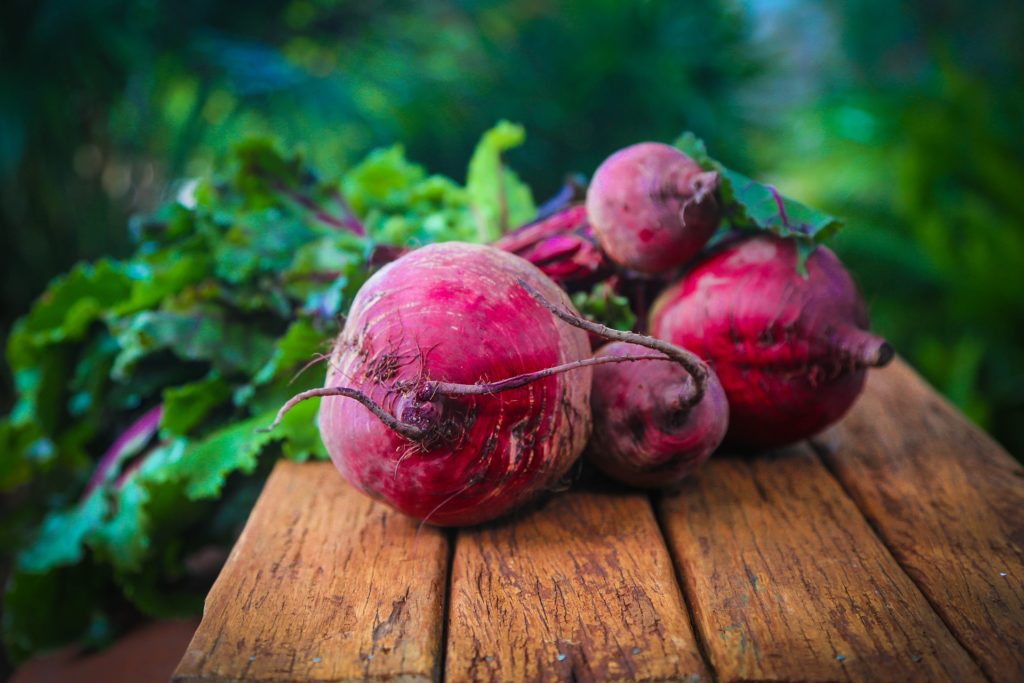
Planting beets in July can yield a fantastic fall crop. Beets prefer temperatures between 50°F and 85°F and have the unique ability to grow well into cooler weather. When planting, space seeds about 2 inches apart and 1 inch deep, ensuring you provide adequate moisture to prevent them from becoming woody. You can start harvesting baby beets in about 50 days.
Turnips (Brassica rapa)
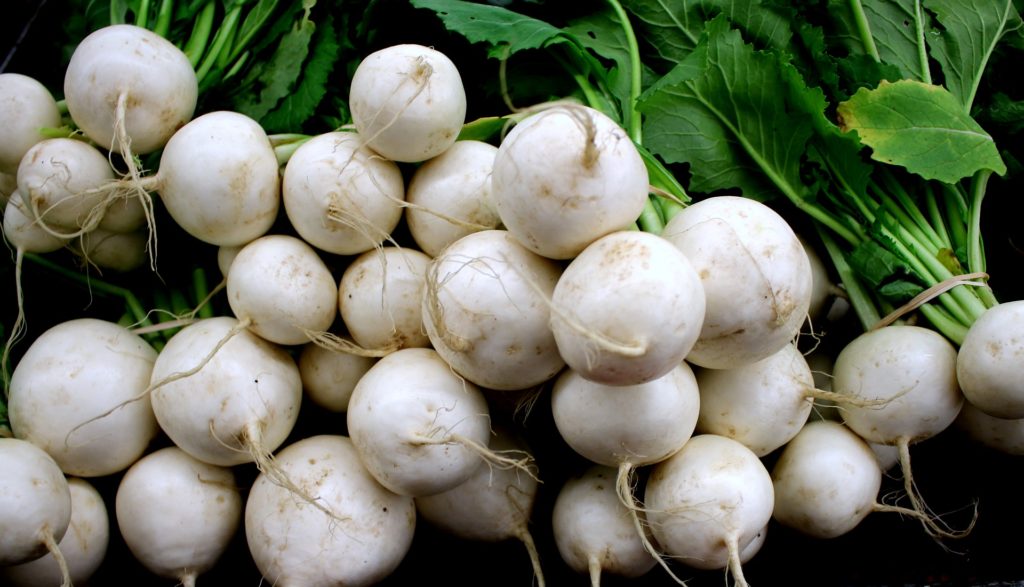
Turnips, especially hardy varieties, can be planted from mid to late July. They thrive in moderate climates, growing best in temperatures from 50°F to 75°F. With a quick turnaround of about 60 days, turnips offer nutritious greens above ground as well as a delicious root crop. Ensure you plant them in well-drained soil, and you will be rewarded with an impressive yield.
Squash (Cucurbita pepo)
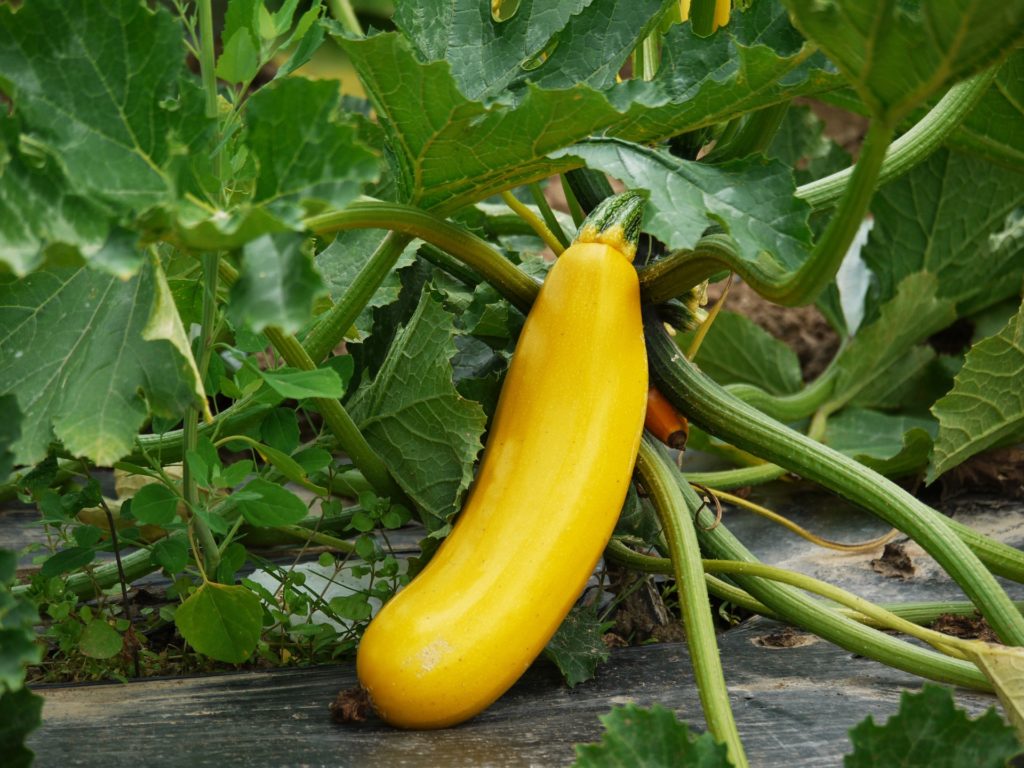
Summer squash, including zucchini, can be planted in July for a rolling harvest throughout late summer. These plants thrive in warm conditions between 70°F and 90°F and can be harvested in about 50 to 70 days. To ensure good air circulation, plant squash seeds with enough space (2 to 3 feet apart) between them and provide regular watering for optimal fruit development.
Kale (Brassica oleracea)
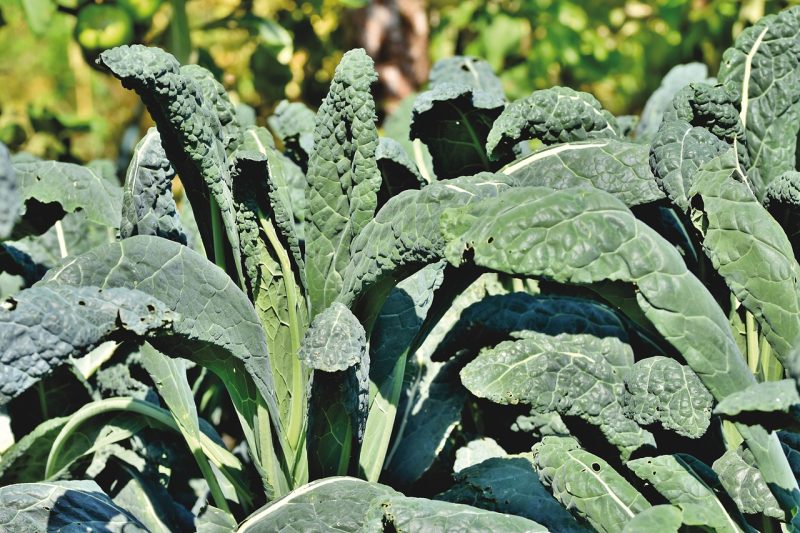
Kale is a leafy green that can be sown in early July for a late summer to fall harvest. It grows best between 60°F and 75°F and can withstand frost, making it one of the most resilient crops for Michigan’s unpredictable summer weather. You can expect to start harvesting kale leaves in about 55 to 75 days after planting. Choose a spot with full sunlight and well-drained soil to ensure healthy growth.
Peas (Pisum sativum)
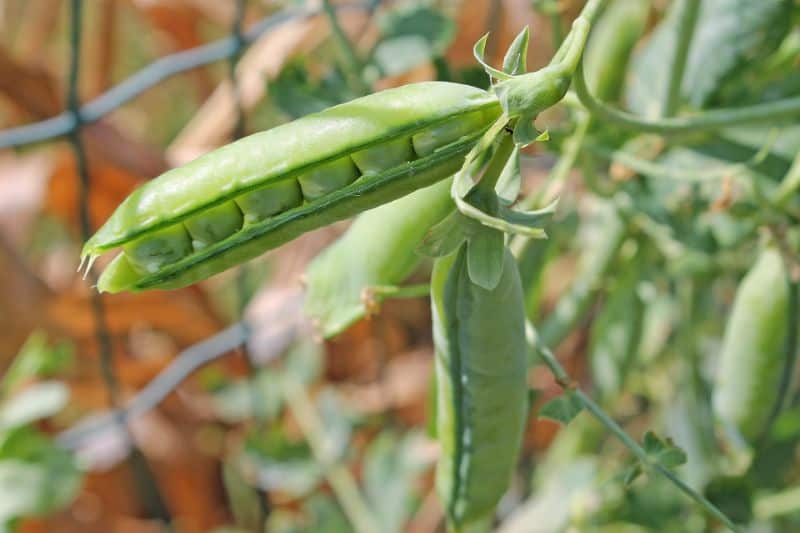
While peas are typically planted earlier in the season, you can still plant certain late-maturing varieties in July for a fall harvest. Peas prefer cooler temperatures, ideally between 55°F and 70°F. If you’re opting for this late planting, select snap peas or snow peas, which can handle the heat better than garden peas. Ensure they have support, as they naturally climb, and provide a good amount of water for optimal yield.
Swiss Chard (Beta vulgaris subsp. cicla)
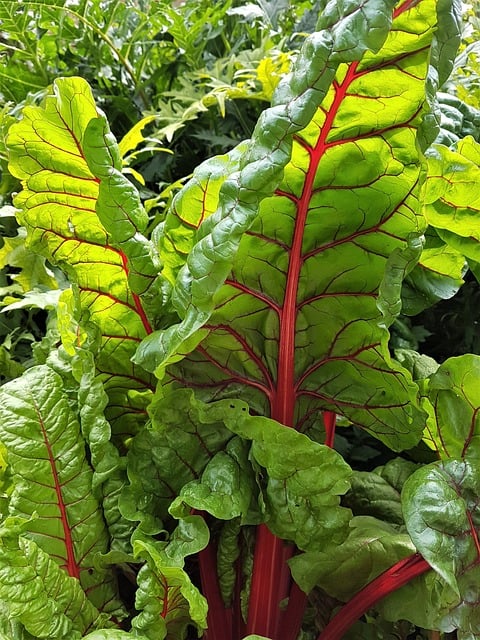
Swiss chard is an excellent choice for July planting due to its heat tolerance and ability to flourish in diverse conditions. It thrives at temperatures ranging from 50°F to 85°F and can be harvested throughout the summer and fall. Chard seeds can be sown about 1 inch deep and 2 to 4 inches apart. They have a relatively quick maturation time of roughly 50 to 60 days, allowing for continued harvests as other crops begin to fade.
Flowers To Plant
July is the height of summer, and it’s also a perfect time to think about planting summer and fall-blooming flowers. These blooms not only add color and beauty to the landscape but can also attract beneficial pollinators to your garden.
Sunflowers (Helianthus annuus)

Sunflowers are an iconic summer flower that can be planted from mid to late July. They thrive in sunny locations and can grow happily in soil temperatures above 60°F. With a rapid growth period of around 70 to 100 days, sunflowers come in numerous heights and colors, providing a spectacular show and a food source for birds in the fall.
Zinnias (Zinnia elegans)

Zinnias are perfect flowers for blooming throughout the late summer months. They are tolerant of heat and require full sun, growing best in temperatures around 70°F to 90°F. Plant zinnia seeds directly in the garden after the last frost until mid-July for continuous blooms into fall. They attract butterflies and pollinators, making them excellent for wildlife gardens.
Cosmos (Cosmos bipinnatus)

Cosmos are hardy flowers that not only withstand heat but thrive in it. They come in several varieties, often showcasing vibrant colors. Plant seeds in well-drained soil exposed to full sunlight, preferably in temperatures between 65°F and 80°F. Cosmos bloom 70 to 100 days after planting, creating delightful bouquets and attracting helpful pollinators.
Marigold (Tagetes spp.)
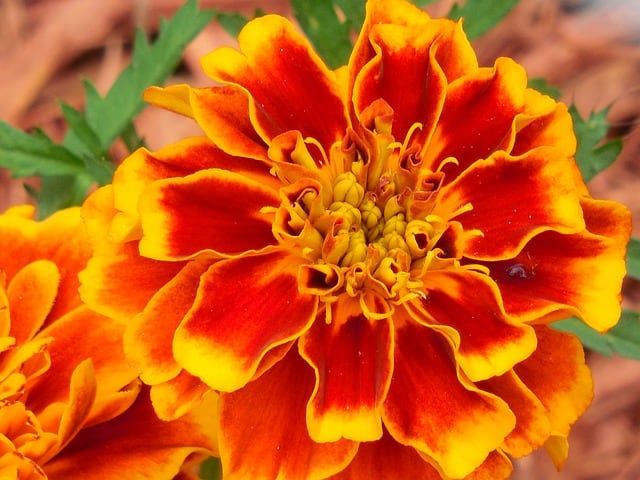
Marigolds are versatile and hardy annuals that can be planted from early July into late summer. They are particularly appreciated for their pest-repellent qualities and ability to bloom in full sun. With a growing range of 50°F to 90°F, marigolds provide noticeable color, and depending on the variety, they can bloom in as little as 45 days.
Black-eyed Susan (Rudbeckia hirta)
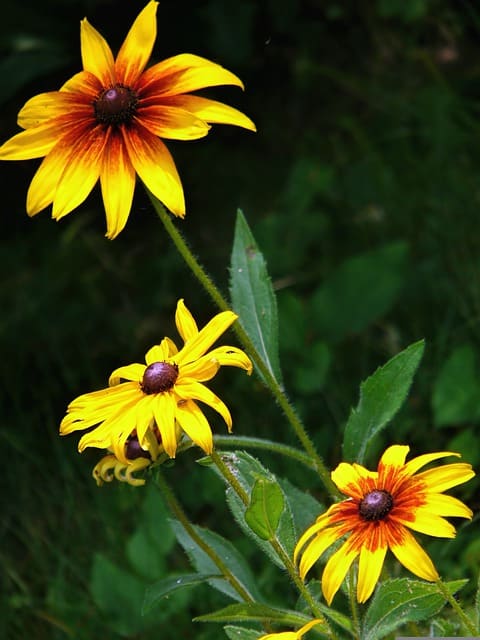
Black-eyed Susans are native flowers that thrive in Michigan’s climate and can be planted throughout July. These perennial flowers blossom into late summer and fall and prefer well-draining soil and full sunlight. Their wide tolerance for varying temperatures (up to 90°F) allows them flexibility in planting times. They typically bloom about 60 days after planting, providing a reliable bump of color.
Aster (Aster spp.)
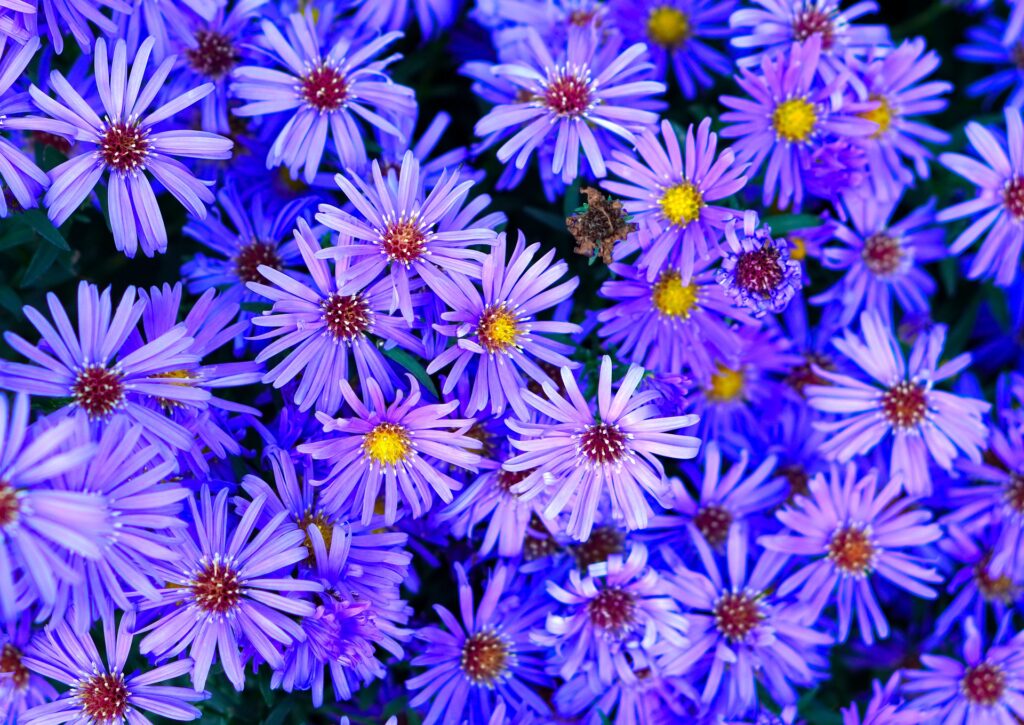
Plant aster seeds in July for gorgeous fall blooms. These perennial flowers traditionally prefer to establish in late summer, thriving in cooler weather. With temperatures ideally ranging from 60°F to 75°F, make sure they have plenty of light. Asters will commonly bloom in 80 to 100 days, offering stunning fall displays that attract both bees and butterflies.
Sweet Alyssum (Lobularia maritima)

Sweet Alyssum can be planted in July for a fragrant and visually appealing ground cover. These small, delicate flowers thrive in various conditions, but they prefer cooler temperatures and can withstand mild heat. Plant them in well-drained soil, ensuring adequate moisture as they bloom almost continually through late summer and into the fall.
Scabiosa (Scabiosa spp.)

Also known as pincushion flowers, Scabiosa can be started in July for a delightful summer to fall bloom. They appreciate full sun and well-drained soil, blooming about 60 days after planting. These elegant flowers attract butterflies, making them ideal for dazzling borders or butterfly gardens.
Salvia (Salvia spp.)

Salvia is a robust perennial that can be planted in July and will thrive through Michigan’s late summer warmth. With a preference for dry conditions and sunny spots, salvia grows well in temperatures ranging from 60°F to 85°F. This flowering herb is excellent for attracting pollinators while also providing vibrant color to gardens well into fall.
Pansies (Viola tricolor var. hortensis)
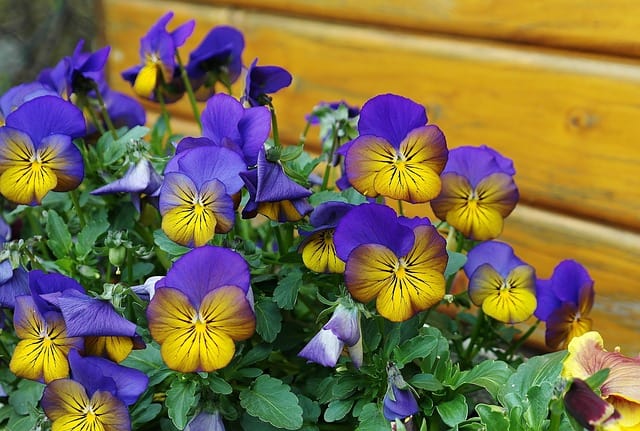
Although often associated with cooler seasons, pansies can be successfully planted in July for late summer bloom. These cheerful flowers prefer cooler temperatures and will typically thrive when planted in fresh, moisture-retaining soil. As a cool-season annual, they tend to bloom best in late summer and can often bridge the seasonal planting gap, providing color until the frost arrives.
Herbs To Plant
Planting herbs in July not only enhances the beauty of your garden but can also provide fresh ingredients for your kitchen. Many herbs can be directly sown in the ground or start from transplants during this month in Michigan.
Basil (Ocimum basilicum)

Basil is a warm-season annual herb that can easily be sown in July for a bountiful summer harvest. Thriving in temperatures above 70°F, basil grows quickly, producing fragrant leaves within 30 to 60 days of planting. Ensure plenty of sunlight and well-drained soil for optimum flavor and freshness.
Dill (Anethum graveolens)
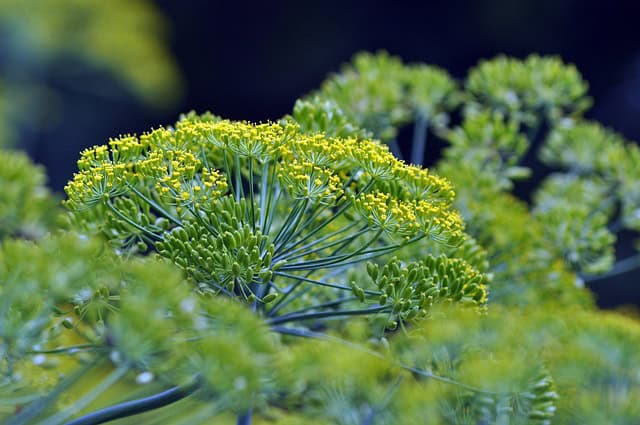
Dill is another herb that can be planted in mid to late July. It prefers cooler conditions and can easily adapt to various soil types, although well-drained options with full sun exposure yield the best results. Dill typically matures within 40 to 60 days, providing aromatic fronds and seeds that add flavor to a myriad of dishes.
Cilantro (Coriandrum sativum)
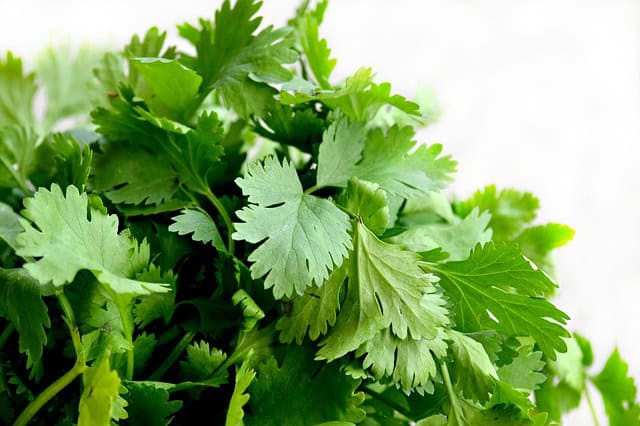
Cilantro is best planted in cooler months but can also be sprinkled in July for a late summer harvest. It prefers moderate temperatures and grows well in well-drained soil. Cilantro provides vibrant leaves ready for harvest in about 50 to 60 days, and once it bolts and goes to seed, coriander (its spice) becomes available as well.
Thyme (Thymus vulgaris)
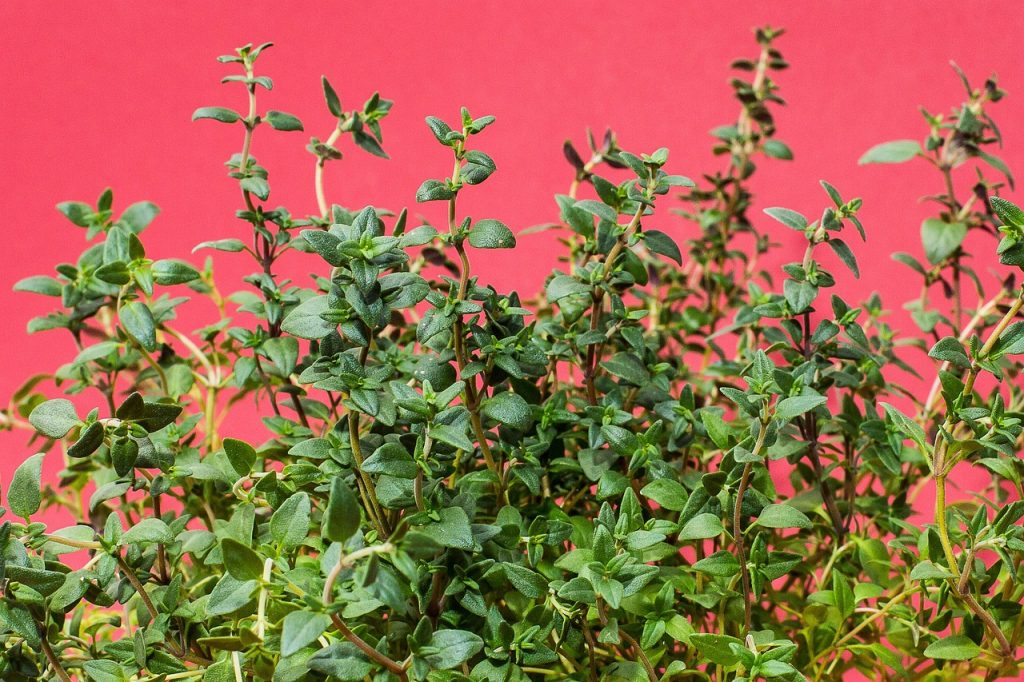
Thyme is a hardy perennial herb that can be planted in July to establish roots before fall. It thrives in dry, well-drained soil and requires plenty of sunlight, ideally between 60°F and 80°F. Plant thyme 12-inches apart, and be sure not to overwater; this patience yields delightful flavoring for countless culinary applications.
Chives (Allium schoenoprasum)

Chives can be direct-sewn in your garden during July; these perennial herbs prefer sunlight with some shade and do well in well-drained soil. A bonus is that they can withstand frost, enabling multiple harvests. Expect vibrant green stems ready for use in kitchen recipes within 60 days after planting.
Oregano (Origanum vulgare)
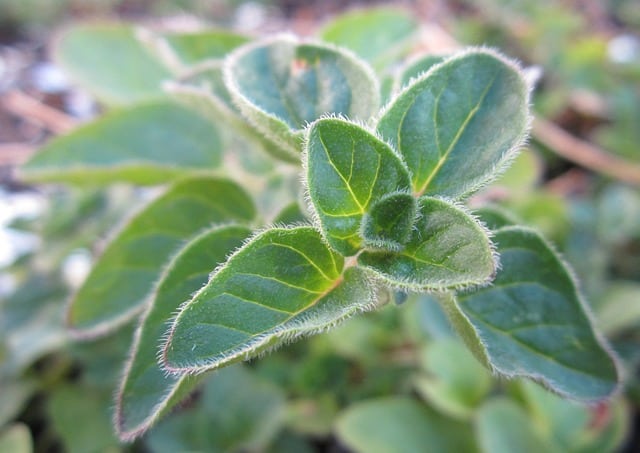
Oregano is a perennial herb that flourishes under warm conditions and can be planted in July, adapting to the dry Michigan climate very well. Plant consistently in warm soil (above 60°F) and expect a robust yield in flavorsome leaves after about 80 days. Oregano makes a stellar addition to Italian dishes and is often enjoyed fresh or dried.
Parsley (Petroselinum crispum)
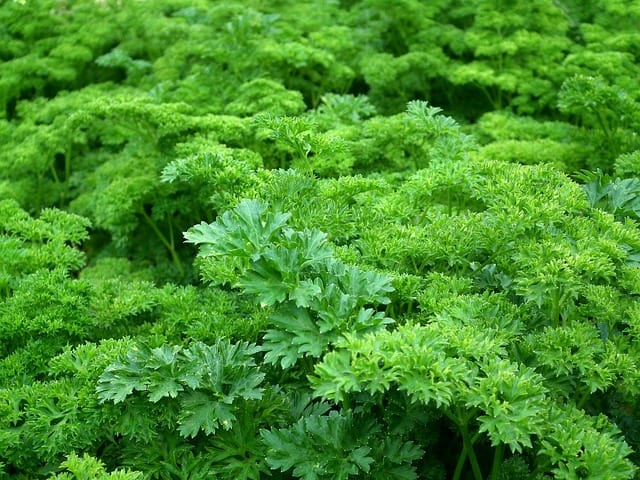
Parsley is a biennial herb often grown as an annual. It can be sown in July for a late summer harvest; however, it thrives best in cooler climates, preferring temperatures between 60°F to 70°F. Plant seeds about 1/4-inch deep, and once established, you can enjoy fresh leaves for your culinary creations within 70 to 90 days.
Mint (Mentha spp.)
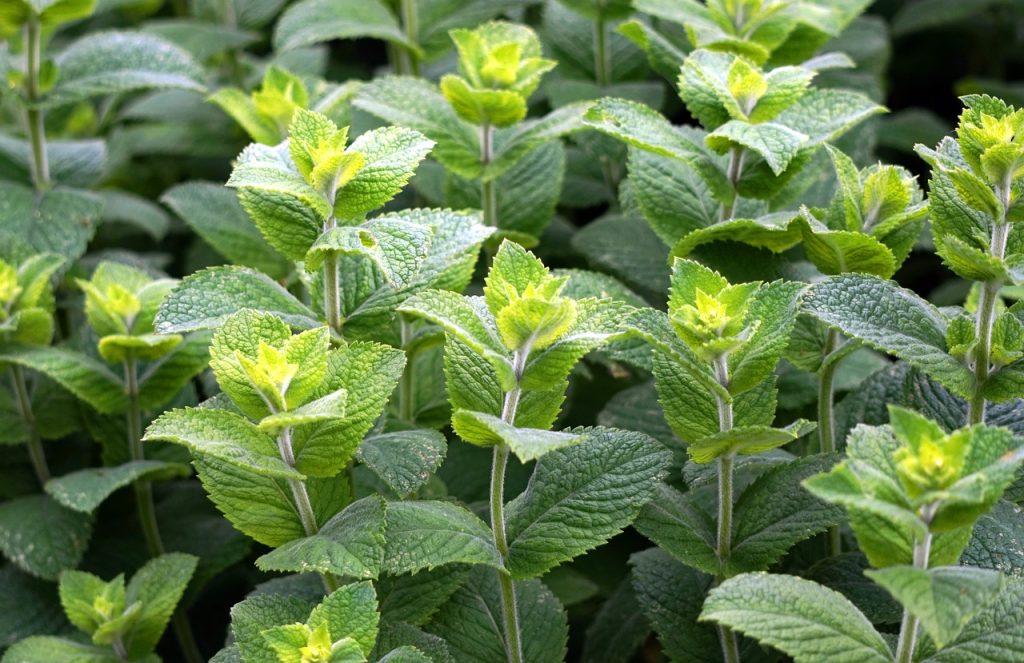
Mint is an incredibly hardy herb that grows organically throughout July; however, it is more potent in cooler months. It prefers well-drained, moist soil, full sun, and can quickly take over garden spaces if not contained. Mint roots are very resilient, and when planted in July, you can expect shoots within a few weeks.
Sorrel (Rumex acetosa)

Sorrel, often overlooked, can be planted in July for a unique tangy flavor in your kitchen. This perennial herb is best suited for cooler temperatures, but young plants can thrive in warmer conditions. Generally, it matures within 60 to 80 days. Sorrel adds zest to soups, salads, and pesto.
Lemon Balm (Melissa officinalis)

Lemon balm is a versatile perennial that thrives in July’s heat and provides refreshing lemon-scented leaves for teas, salads, and desserts. Plant lemon balm in well-drained soil with plenty of sun, and it will mature quickly, often within 60 days, yielding foliage all summer long.
Landscape Plants To Plant In July
In addition to vegetables, flowers, and herbs, July is also a great time to plant various landscape plants that will thrive in Michigan’s conditions. Whether you are looking to enhance your home’s curb appeal or create a natural sanctuary, July can be an ideal time to plant trees, shrubs, and perennials that will beautify your outdoor space.
Hydrangeas (Hydrangea spp.)

Hydrangeas are a popular choice for Michigan gardens and can be planted in mid to late July. They thrive in USDA zones 3-8 and flourish in areas with well-drained soil and ample sunlight or partial shade. Generally, these plants prefer overall temperatures ranging from 60°F to 80°F but can tolerate warmer conditions. Hydrangeas often bloom in various colors, providing stunning displays, especially in the late summer and fall.
Daylilies (Hemerocallis spp.)
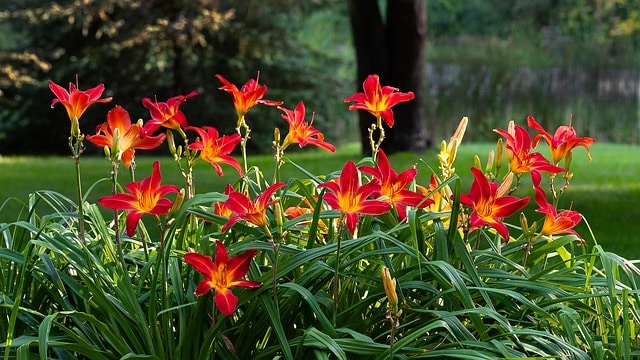
Daylilies are hardy perennials that can be planted in July for a vibrant, fuss-free garden addition. They are well-suited to USDA zones 3-9 and can tolerate a broad range of soil conditions, thriving best in full sun exposure. Daylilies bloom from early summer through fall, and they are relatively drought-tolerant once established.
Coneflower (Echinacea purpurea)
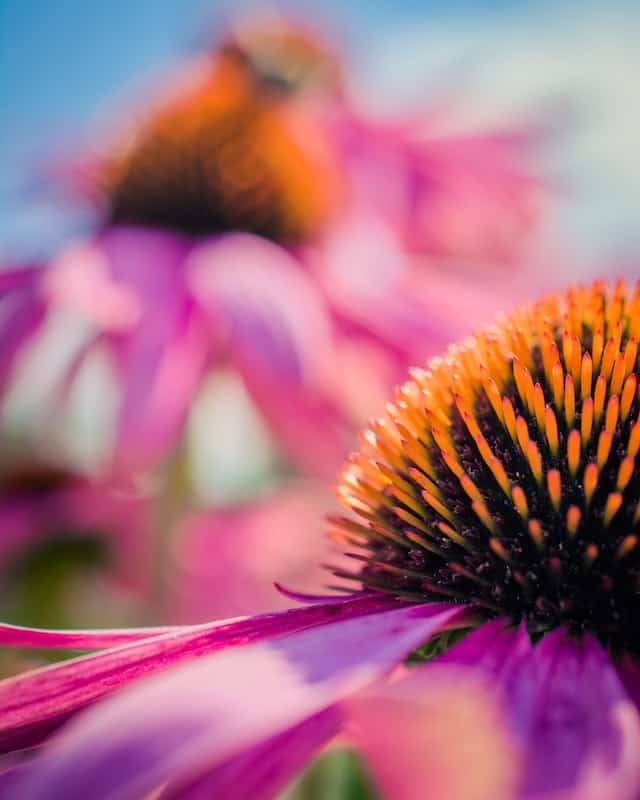
Coneflowers, known for their durability and resistance to heat and drought, can be planted in July as they adapt beautifully to mid-summer conditions. Here in Michigan, they grow well in zones 3 to 9 and prefer well-drained soil and full sun. Expect colorful blooms from midsummer to early fall, as they provide essential nectar to pollinators.
Russian Sage (Perovskia atriplicifolia)
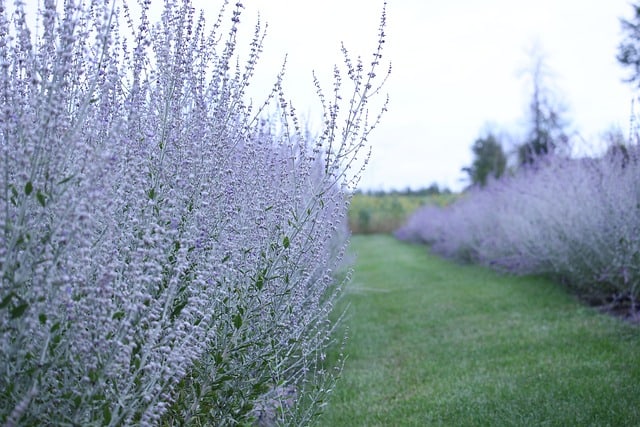
Russian sage is a fantastic plant for drought-tolerant gardens. It can be planted during July as it thrives in well-drained, sandy soil with plenty of sun exposure. Russian sage is hardy in USDA zones 4-9 and prefers temperatures in the range of 65°F to 85°F. It produces beautiful blue-purple flowers in late summer, adding an outstanding contrast to traditional greens.
Butterfly Bush (Buddleja davidii)

A butterfly bush is an excellent choice for attracting pollinators to your garden. It thrives well in Just about all of Michigan’s zones and can tolerate various soil conditions with good drainage. Butterfly bushes need full sun and can handle temperatures reaching up to 100°F; this plant will bloom from mid-summer into the fall, providing clusters of flowers that attract butterflies.
Boxwood (Buxus spp.)
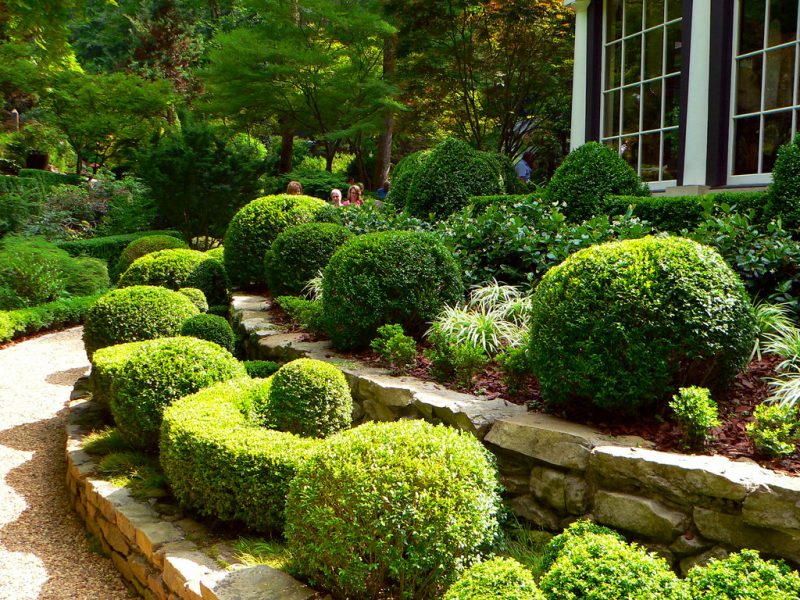
Boxwoods are versatile evergreen shrubs that can be planted in July. They are tolerant of a variety of conditions and can adapt to sun and shade. Boxwoods can help create structured borders and focal points in a landscape, requiring good drainage and temperatures ranging from 55°F to 85°F when planting. These evergreen beauties offer year-round interest due to their vibrant foliage.
Ornamental Grasses (Various Species)
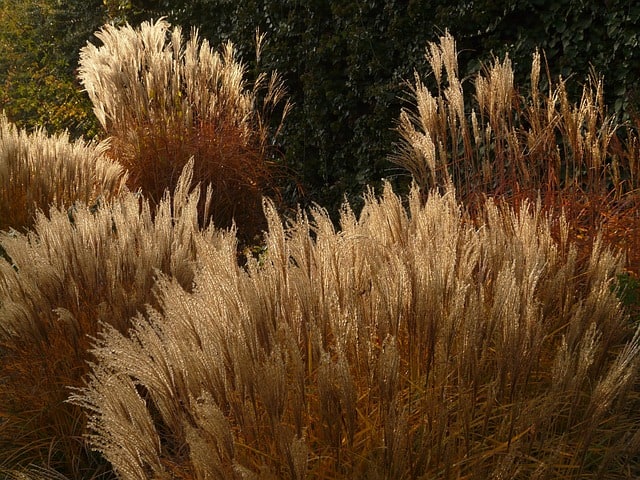
Ornamental grasses can be established during the warm July period, adding dynamic texture and movement to your garden. Varieties such as Panicum, Miscanthus, and Calamagrostis adapt well to Michigan’s climate and soil types. They thrive in full sunlight and well-draining conditions, providing attractive plumes from summer through fall.
Black Currant (Ribes nigrum)

Blackcurrants can be successfully planted in July for an easy-to-maintain fruiting shrub. They grow well in cooler climate conditions and offer delicious berries that ripen late summer. Preferable in slightly acidic, well-drained soils, this shrub does well in partial shade to full sun, producing fruit 2-3 years post-planting.
Crabapple Tree (Malus spp.)

Crabapple trees are suitable for planting in July and can enhance landscapes with their fragrant blossoms. They thrive in various soils and require full sun exposure. These trees prefer temperatures between 45°F and 75°F and can provide ornamental beauty and delicious fruits when matured.
American Hornbeam (Carpinus caroliniana)
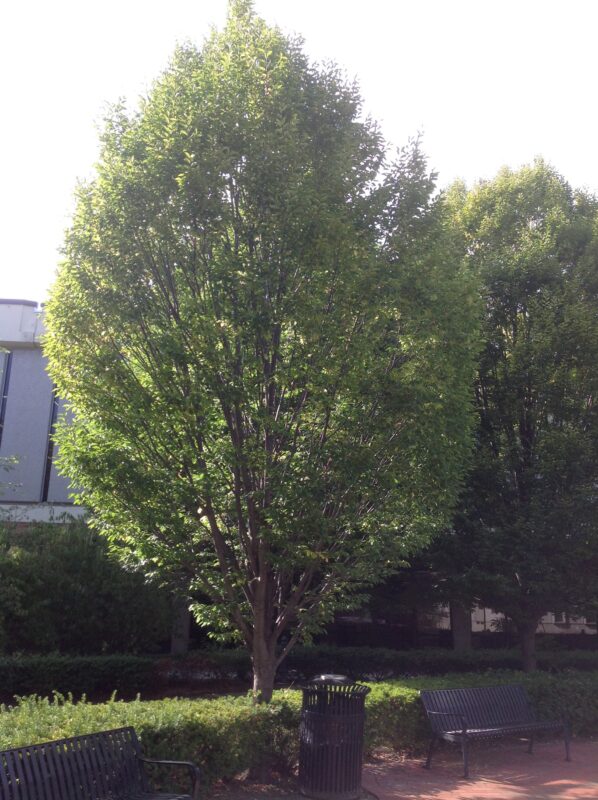
The American Hornbeam, also known as musclewood, can be planted during July in Michigan. This native tree is known for its attractive foliage and ability to adapt to various soil conditions, preferring moist, well-drained areas. It typically thrives in cooler temperatures between 50°F and 85°F. Establishing this tree during the summer ensures it can take root, offering shade and stability in your landscape for years.


